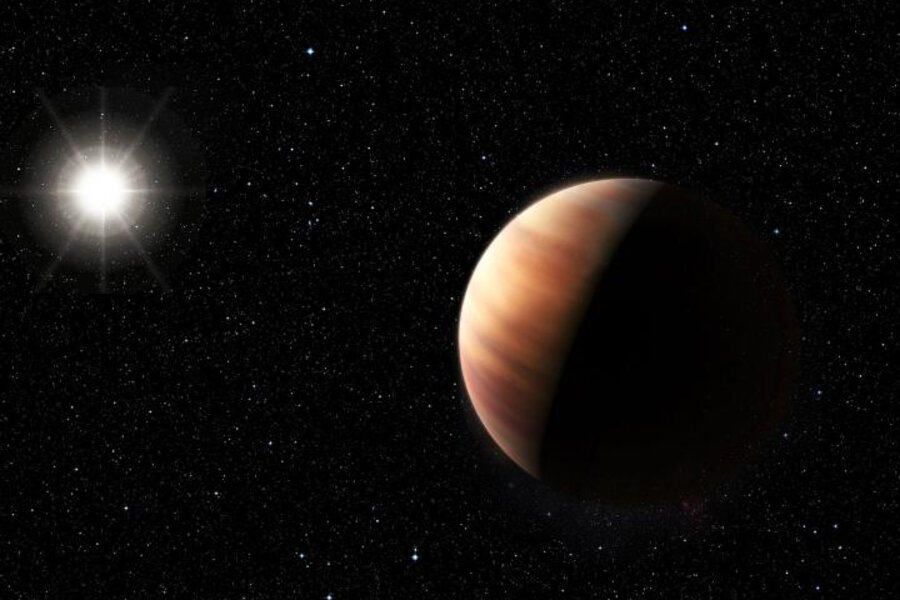Astronomers discover 'Jupiter 2.0.' Could Earth 2.0 be next?
Jupiter has a doppelgänger, and it could help us find a planet identical to Earth.
A Brazilian-led team of scientists, researching sun-like stars in an attempt to find planetary systems similar to our own solar system, have discovered a planet with a very similar mass to Jupiter. What’s more, it orbits a star that looks like our sun, has the same mass, and is even the same age.
This is not the first Jupiter-sized planet found orbiting a Sun-like star. What sets this discovery apart is how closely it echoes both Jupiter's mass and its distance from its host star, and the similarities between its host star and the Sun.
Most astronomers agree that Jupiter’s strong gravitational influence played a prominent role in the formation of our solar system, and even in allowing life to thrive on Earth. The discovery of "Jupiter 2.0" opens up the possibility that planets very similar to Earth could also exist elsewhere in our galaxy, researchers say.
"The quest for an Earth 2.0, and for a complete Solar System 2.0, is one of the most exciting endeavors in astronomy," said Jorge Melendez, leader of the study and co-author of a paper that will appear in the journal Astronomy and Astrophysics, in a statement. "We are thrilled to be part of this cutting-edge research."
Jupiter 2.0 was found using the HARPS instrument, mounted on the European Southern Observatory’s 3.6-meter telescope at the La Silla Observatory in Chile. The instrument uses the radial velocity method to tease out the slight wobble caused by the gravitational tugging of exoplanets on their parent stars. By deriving the frequency of the wobbles, astronomers are able to calculate a planet’s mass, orbital distance, and period.
"After two decades of hunting for exoplanets, we are finally beginning to see long-period gas giant planets similar to those in our own solar system, thanks to the long-term stability of planet hunting instruments like HARPS," said Megan Bedell, study collaborator and lead author of the paper. "This discovery is, in every respect, an exciting sign that other solar systems may be out there waiting to be discovered."






